Samsung's reliance on Hanoi to backfire
Phone maker will be primary victim if higher US tariffs take effect in July
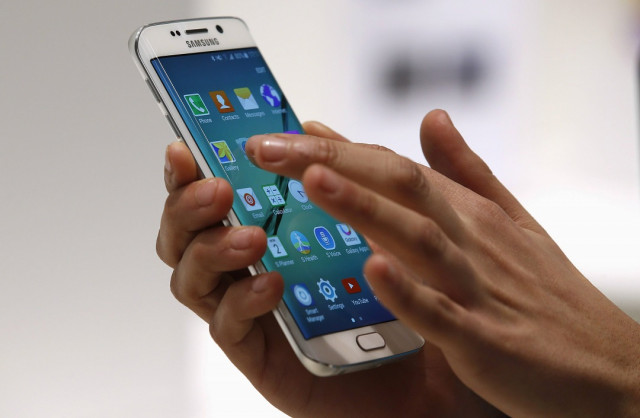
When Samsung Electronics Chairman Jay Y Lee met Vietnam's prime minister in July, he had a simple message to convey.
"Vietnam's success is Samsung's success, and Vietnam's development is Samsung's development," Lee told Pham Minh Chinh, pledging long-term investment to make the country its biggest manufacturing base for display products.
Since the South Korean conglomerate entered Vietnam in 1989, it has poured billions of dollars into expanding its global manufacturing footprint beyond China. Many of its peers followed after US President Donald Trump placed tariffs on Chinese goods in his first term.
The pioneering move has made Samsung Vietnam's biggest foreign investor and exporter. About 60% of the 220 million phones Samsung sells each year globally are made in Vietnam and many are destined for the US, where Samsung is the No 2 smartphone vendor, according to research firm Counterpoint.
Now, that reliance on Vietnam threatens to backfire as Hanoi is racing to negotiate with the Trump administration to lower a punishing potential 46% tariff that has exposed the vulnerability of the Southeast Asian country's export model.
While Vietnam and Samsung won a reprieve this week after Trump paused the rate at 10% for 90 days, Reuters' interviews with more than a dozen people, including at Samsung and its suppliers, show the company would be a primary victim should higher US tariffs take effect in July.

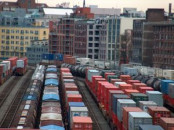




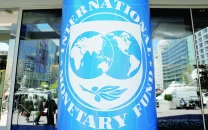
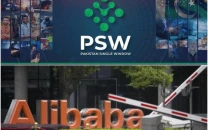



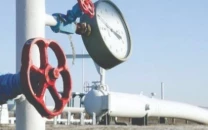









COMMENTS
Comments are moderated and generally will be posted if they are on-topic and not abusive.
For more information, please see our Comments FAQ